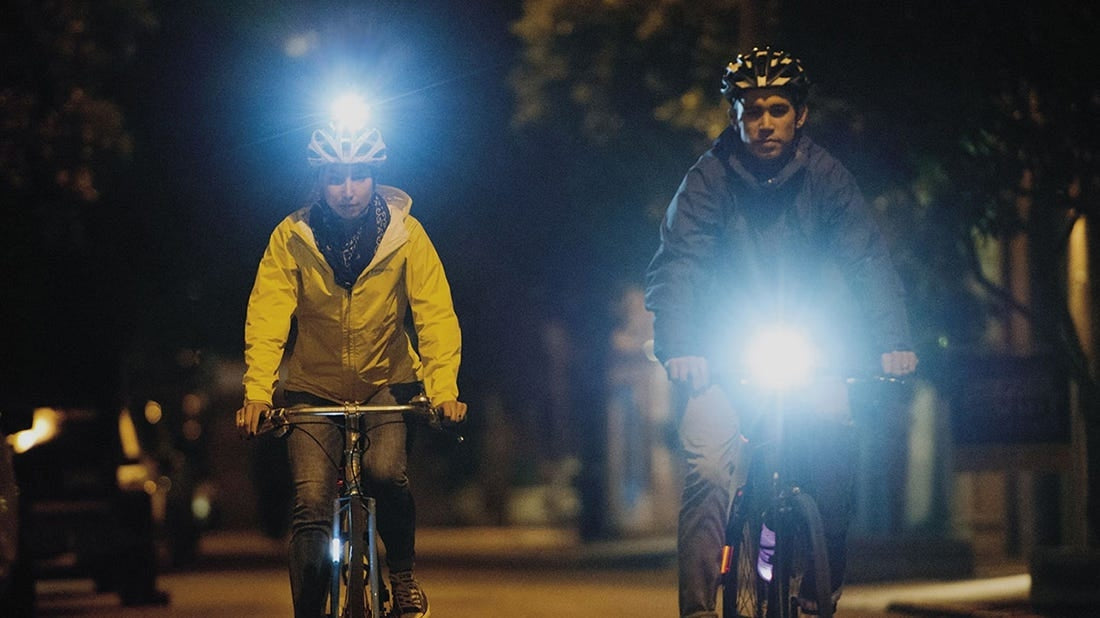Bicycle light buying guide

Bicycle lights come in a wide variety of power levels and functionality. In this guide, we'll take a look at how to understand lumens and some of the latest features like rechargeable bike lights and LED bike lights. We have simplified the main types of bicycle lights by dividing them into three categories: commutating, on-road and off-road. We'll explain the differences and explain what you should be looking for.
Lumen is the official SI unit that quantifies how much light a source emits in a given period of time, basically how bright your light is. Modern lights range from five to 2,000 dazzling lumens. In general, rear lights tend to be much less powerful than front lights.
Cordless and rechargeable bike lights: You can still buy bike lights that run on disposable alkaline batteries, but most of the best bike lights now come with built-in rechargeable batteries. The most common batteries are lithium-ion (Li-Ion) or lithium-polymer (Li-Po). They are smaller, lighter and more powerful than disposable alkaline batteries, making them ideal for bicycle lights. Most rechargeable bike lights charge via USB, and some even have a built-in USB connector for convenience. Powerful headlights can take a long time to charge via USB, so some come with an optional wall charger for fast charging. More and more rechargeable flashlights are equipped with a battery indicator so you never run out of power. These can be small LED lights that can change colour to indicate remaining power.
Bike light mounts: Front and rear bike lights come in a variety of styles and mounting options. The two most common options are strap/belt mounts and clip mounts. Most tail and safety lights use a strap or headband attachment mechanism that can be easily wrapped around the seat post or handlebar, often without the use of tools. Because these types of mounts are ideal due to their quick and easy removal. On more powerful headlights, which are usually heavier, clamp mounts are more commonly used. They are more secure so they can handle rough terrain and multiple uses. Most clamp mounts come with some light block quick release so you can still remove the light easily.
Which bike lights are best for you? The type of bike light you choose will depend on the type of riding you do as well as the type of conditions you ride in.
If you are driving through a built-up area and the road or trail is well lit, your top priority should be to be visible to other road users. "Safety lights" usually have at least one constant light mode, as well as several flash modes. They also provide a higher level of lateral visibility; so that pedestrians and other road users can see you at intersections.
Off-road cycling at night offers you a whole new dimension. These familiar trails will feel like new adrenaline-pumping rides as they look completely different under the cover of darkness. You need a powerful headlight so you can see hazards like rabbit holes and overhanging branches that act as dangerous obstacles in the dark.
Your regular lights won't cut it. They can look very bright even on unlit trails, but in the woods, you'd be surprised how dark it can get. At a bare minimum, you need a powerful stand-mounted front light, ideally with 1,000 lumens of upward output. These dedicated off-road lights will also have a wider beam so you can illuminate the entire path ahead of you.
With these buying tips, choose the right lights for you from a good retailer.




